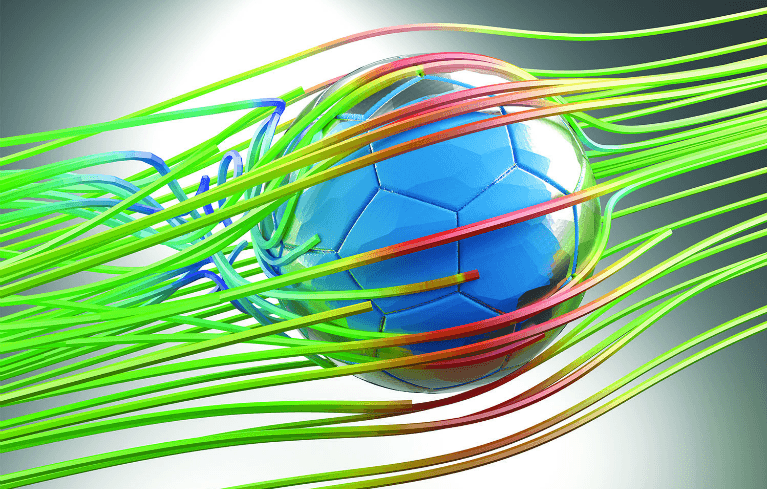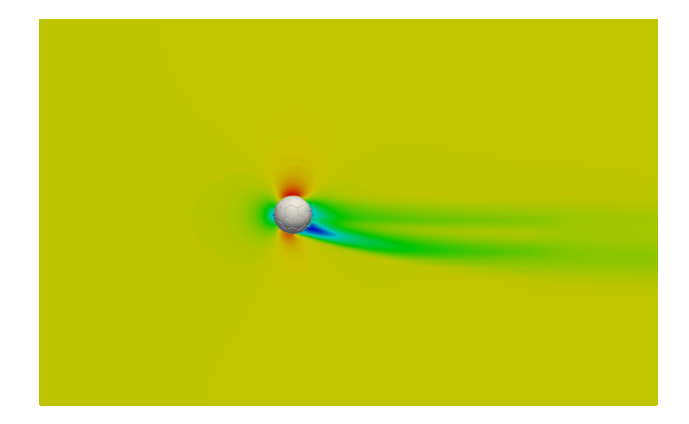After the final of UEFA European Championship, we decided to celebrate it in our own special way by explaining a frequently occurring soccer physics phenomenon.
Do you remember a moment when a football player gracefully curved a ball into the goal? Why does this happen?

Soccer Physics: What is the Magnus Effect?
Well, this is the Magnus effect. It is the commonly observed effect in which a spinning object moving through a fluid departs from its straight path. This is due to pressure differences that develop in the fluid as a result of velocity changes induced by the spinning body. Important in many ball sports—football included—the phenomenon affects spinning missiles and has some engineering uses, for example, in the design of rotor ships and Flettner airplanes.
Named after Gustav Magnus—the German physicist who experimentally investigated it in 1853—the Magnus effect is the phenomenon of generating a sidewise force on a spinning spherical solid in a fluid.
In ball games, topspin is defined as the spin around an axis perpendicular to the direction of travel, where the top surface of the ball is moving forward with the spin. Under the Magnus effect, topspin produces a downward swerve of a moving ball, greater than the one that would be produced by gravity alone, and backspin has the opposite effect. Likewise, sidespin causes the ball to swerve to either side, as is occasionally seen during some baseball pitches. [1]
The Magnus effect is a particular manifestation of Bernoulli’s theorem: fluid pressure decreases at points where the speed of the fluid increases. In the case of a ball spinning through the air, the turning ball drags some of the air around with it. Viewed from the position of the ball, the air is rushing by on all sides. The drag of the side of the ball turning into the air—into the direction the ball is traveling—retards the airflow. On the other side, however, the drag speeds up the airflow. Greater pressure on the side where the airflow is slowed down forces the ball in the direction of the low-pressure region on the opposite side, where a relative increase in airflow occurs. [2]
We are not the first ones to investigate this interesting phenomenon. In this video from Veritasium, Derek Muller explains it with a real soccer physics experiment:
CFD Tutorial: The Magnus Effect Simulation
At SimScale, we have made it our purpose to provide our community members with learning resources to become proficient in engineering simulation in general and the SimScale platform in particular.
This time we thought it might be interesting to demonstrate how to simulate the Magnus effect. So, are you up for the challenge?
If the answer is yes, here are the steps to a successful simulation:
- Step 1: Import the Magnus effect simulation template from the SimScale Public Projects by clicking on this link (you might need to log in or create a free Community account).
- Step 2: Follow the step-by-step tutorial available on our CAE forum.
Simulation ready? Let’s visualize the results. - Step 3: Post-processing tutorial

I hope you enjoyed working on this project and found this CFD tutorial helpful. Remember that you can collaborate with colleagues and friends on any simulation performed with the SimScale platform.
Happy simulating!
Discover all the simulation features provided by SimScale. Download the document below.
References
- https://en.wikipedia.org/wiki/Magnus_effect
- https://www.britannica.com/science/Magnus-effect



